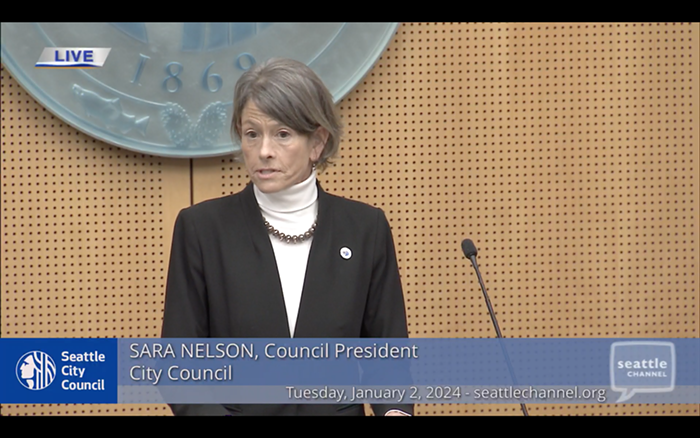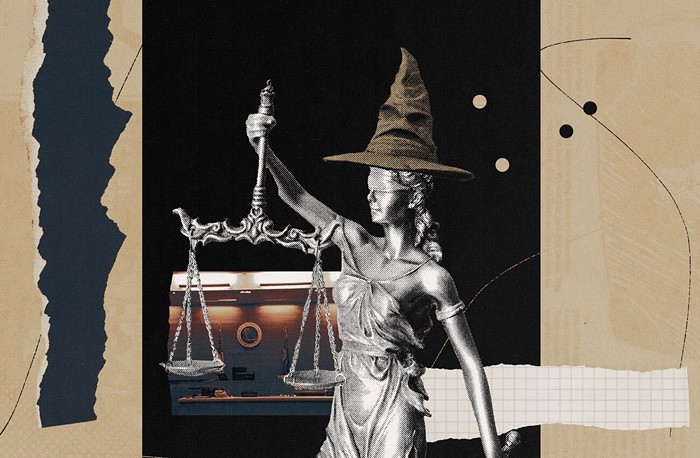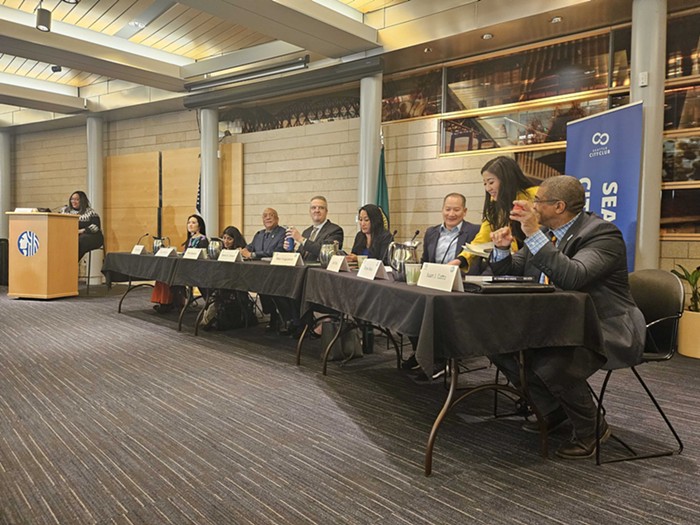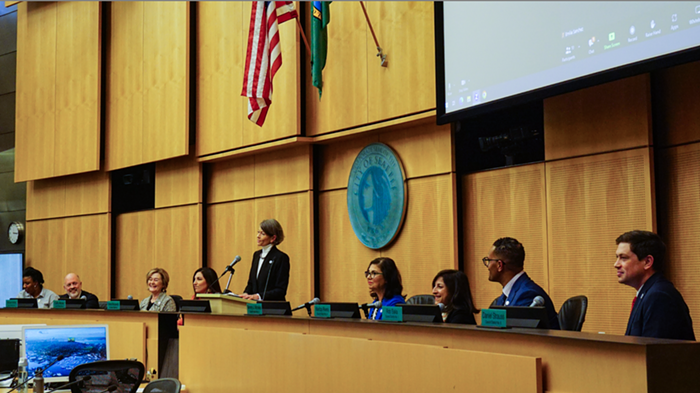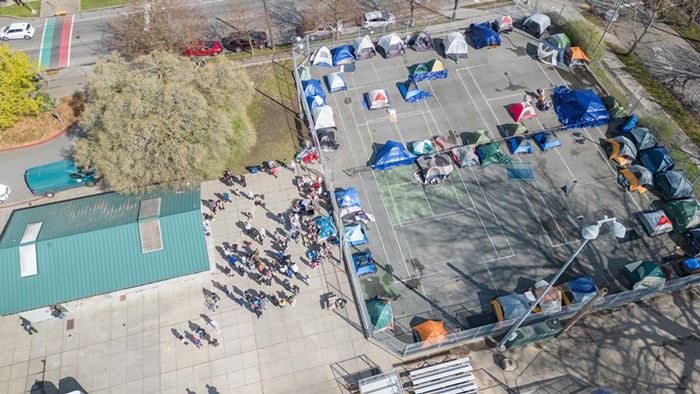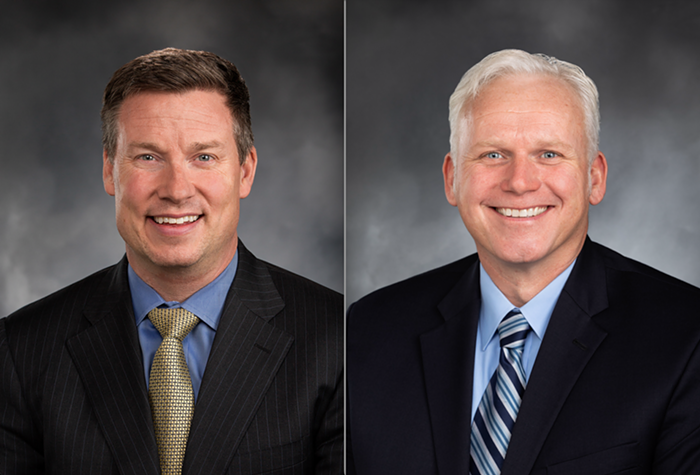A new city program will identify likely criminals and hook them up with services—cheap housing if they're homeless, drug treatment if they're addicted, counseling and medication if they're mentally ill—in hopes of keeping them out of jail.
Passed by the Seattle City Council on Monday, the Public Safety Pilot Project will target two troubled neighborhoods: Rainier Beach, where residents are desperate to stop rising gang violence near Rainier Avenue and Southwest Henderson Street, the site of two shootings in April, both involving teenagers; and Miller Park, where neighbors hope to rein in drug dealing and prostitution, which haven't been routed by nearly constant police patrols.
"I think this is one of the most promising innovations in addressing low-level drug and street crime in the country," says Lisa Daugaard, an attorney with the Defender Association and a member of the new program's citizen oversight committee. "It addresses the underlying issues that lead people to be on the street—it's both potentially more humane and more effective than traditional arrest policies."
Seattle Police Lieutenant John Hayes, who patrols the East Madison Avenue circuit for dealers and prostitutes, says that he, too, is "extremely optimistic" that the project will make a difference.
But despite its popularity among otherwise antagonistic groups—Daugaard's Defender Association has been sharply critical of the Seattle Police Department—the project is in danger of becoming a casualty of Seattle process before it really gets off the ground. Lengthy negotiations delayed the project's timely approval.
Now, given the way the city's budget gets crunched, the Public Safety Pilot Project must demonstrate significant strides before September, when the city council begins cobbling together its budget, and earlier if it hopes to impress Mayor Greg Nickels in time for his budget. If the program doesn't show results, it won't be funded next year.
"Our task is to convince the other council members," says Council President Nick Licata, who with Council Member Tom Rasmussen proposed the bill. "We only have eight weeks—what can we show?"
Indeed, with only $240,000 to split between the two neighborhoods, the program has no choice but to emphasize quality over quantity.
"If we're lucky, we can help 20 kids—but that's about all the money we have," says Mariana Quarnstrom, a Rainier Beach activist who sits on the program's oversight committee.
In advance of budget negotiations, Daugaard and other members of the oversight committee are also making an early call for realistic expectations, even as they point out the flaws in existing police policies, such as the recent buy/bust operation that resulted in more than 400 drug arrests [see "It's a Bust," June 1], but put only a small dent in visible street activity.
"There doesn't seem to be much disagreement that traditional approaches don't work," says Daugaard.
Hayes agrees. "We can't arrest our way out of every problem," he says.
But that's not necessarily a unanimous opinion. Some in the affected neighborhoods worry that programs like this will let dangerous offenders stay out of jail. Miller Park activist Michael Clark says he and his neighbors have "serious concerns with this approach because we believe that both enforcement and social services are necessary, and that one should not be cut at the expense of another."
